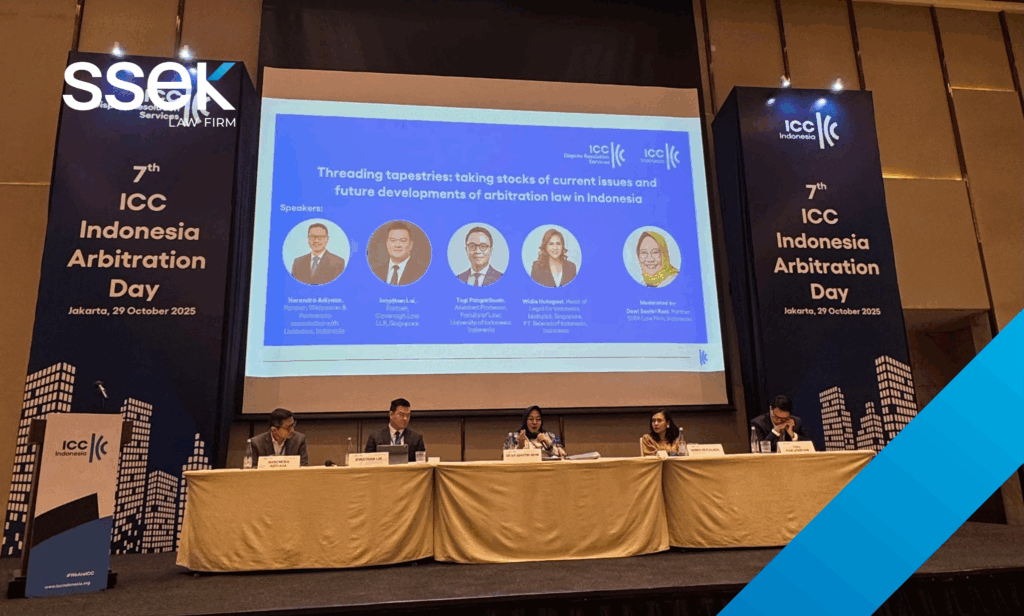The Recovery of Possession of Premises Given on Lease Act, No.1 of 2023 (herein after referred as “The Act”) was certified and took effect from the 17th January 2023.
This Act allows the Lessor to institute an action to recover the possession of the premises given on lease where a lessee has failed or neglected to leave the premises at the expiration of the lease agreement or where he has violated the conditions of the lease agreement (Section 3).
The remedies under this Act include the vacant possession of the leased premises, arears of lease rentals, service charges, liquidated damages or any other relief the court may seem fit (Section 5(2)).
The court actions under this Act have to be instituted in the District Court either where the premises given on lease is situated or where the lessee resides or the cause of action arises or the lease agreement sought to be enforced was made (Section 2 (1)).a
The plaintiff (Lessor) should institute an action by filling a Plaint, Affidavit, draft decree nisi together with the copies of the lease agreement in the relevant District Court and the court will schedule a hearing within 7 days from the institution of the action to consider whether the decree nisi should be granted. (Section 4 (1) and Section 4 (3)).
At the said hearing, if it appears to the court that the lease agreement produced is properly executed, stamp fee has been duly paid, the lease agreement is not open to suspicion and the contents of the affidavit filed is satisfactory, the court will issue the decree nisi in favour of the Plaintiff and the same will be served to the Defendant (Lessee) within 3 days by the Registrar of the District Court. (Section 5(1) and Section 8(3)).
Once the decree nisi is served on the Defendant (by registered post and the Fiscal) the Defendant can file an action to obtain leave to defend the action filed against him. Upon the security being deposited in the court, if the court thinks that there is a prima facie defence against the Plaintiff the court will grant the defendant the leave to appear. (Section 11 and Section 13)
If the defendant fails to make an application for leave to appear and show cause or having made an application for leave to appear and show cause has failed to disclose a prima facie defence against the plaintiff or fails to furnish the security, the Court will make the decree nisi a decree absolute (Section 15)
Where a decree nisi entered in an action is made absolute, the Plaintiff will be entitled to execute writ against the defendant and to obtain the reliefs mentioned above. (i.e.: the vacant possession of the leased premises, arears of lease rentals, service charges, liquidated damages)
It is noteworthy that, the Act is applicable to any lease agreement, notwithstanding that such lease agreement has been entered into and executed prior to the date of commencement of this Act (Section 31 (1)). Further, where a lessor has instituted an action for the recovery of possession of premises before the commencement of this Act, such Plaintiff is also entitled to institute an action under this Act (Section 31(2)).
An order made under this Act is appealable to the Provincial High Court exercising civil appellate jurisdiction under the rules and procedure set out in the Chapter LVIII of the Civil Procedure Code.







